Exploring nostalgic decor trends has become a cornerstone of modern design, blending the charm of the past with contemporary flair. In 2025, vintage-inspired home aesthetics continue to captivate homeowners seeking timeless elegance. From retro-inspired color palettes to vintage modern decorating ideas, the fusion of old-world charm with cutting-edge design principles creates spaces that resonate deeply with today’s audiences. This article delves into the evolving landscape of nostalgic decor, examining its influence, application, and the subtle shifts shaping the industry. Whether you’re renovating a historic home or updating a sleek urban loft, understanding the nuances of vintage decor trends can transform your space into a haven of comfort and authenticity.
Key Takeaways
– Nostalgic Decor Trends 2025: Embrace timeless design by blending vintage elements with modern aesthetics to create inviting, memory-rich spaces.
– Color Palette: Opt for soft, muted tones like sage greens, mustard yellows, and deep browns to evoke a sense of warmth and authenticity.
– Textures: Incorporate materials such as velvet, linen, and wood to add depth and character to your decor.
– Patterns: Use floral motifs, geometric designs, and timeless stripes to create visually appealing interiors.
– Popular Items: Add vintage lamps, framed photographs, antique furniture, textile wall hangings, and ceramics to your space for a nostalgic touch.
– Sources: Discover vintage finds on platforms like Etsy and eBay, or seek inspiration from interior design blogs.
– Types of Nostalgia: Connect with your personal history through personal nostalgia, strengthen social bonds with shared memories, or explore cultural heritage.
– Dark Side of Nostalgia: Be mindful of emotional distress, disconnection from the present, and strained relationships, and balance nostalgia with present-focused activities and support systems.
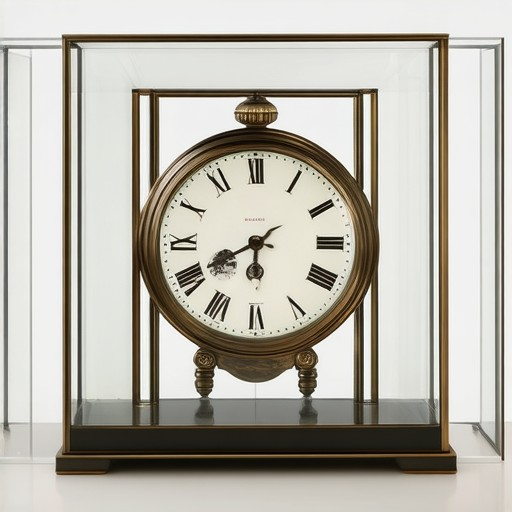
Nostalgia Trend in Design
The nostalgia trend in design refers to the deliberate incorporation of elements from past eras to create a sense of familiarity and emotional connection with users. This aesthetic often appeals to consumers by evoking memories and fostering a sense of comfort through visually recognizable and timeless styles.
Nostalgic design strategies involve revisiting iconic styles, fonts, colors, and motifs from previous decades. These elements are carefully chosen to resonate with audiences, creating a bridge between the past and present. Popular forms of nostalgia in design include:
- Vintage Typography: Fonts like serif typesfaces popular in the mid-20th century are frequently revived to convey trustworthiness and tradition.
- Retro Color Palettes: earthy tones and muted hues associated with earlier centuries are often used to create warm and inviting atmospheres.
- Grungy Aesthetics: Distressed textures, raw edges, and imperfections mimic the look of yesteryear’s rebellious styles.
- Cultural References: Incorporating imagery or symbols tied to historical events, pop culture, or societal norms can trigger strong emotional responses.
Nostalgia in design isn’t just about aesthetics—it also plays a significant role in consumer behavior. Studies show that products and brands that tap into nostalgia often see higher engagement and loyalty because they appeal to deeply held memories and emotions. For instance, companies like Retro Sales specialize in curating vintage items, celebrating the charm of bygone eras through their offerings and storytelling.
Brands across industries are leveraging nostalgia to connect with their audiences. From fashion labels reviving classic patterns to tech companies using retro-inspired designs, the trend has become a powerful tool for creating meaningful connections. Campaigns like Coca-Cola’s “Share a Coke” initiative, which featured names and logos reminiscent of the 1980s and 1990s, exemplify how nostalgia can be a powerful marketing strategy.
As design continues to evolve, the nostalgia trend shows no signs of slowing down. Consumers are increasingly drawn to designs that feel familiar yet innovative, blending the old-world charm of the past with modern sensibilities. This balance allows brands to stand out while resonating on a deeper level with their audience.
What is the 3-5-7 Rule in Decorating?
The 3-5-7 rule is a simple yet effective guideline for creating a balanced and visually appealing interior design. This rule helps establish proportional spacing between various elements in a room, ensuring that the layout feels harmonious and cohesive.
Breaking Down the Rule
- 3 feet: This is the recommended distance between a large piece of furniture (like a sofa or dining table) and the nearest wall or window treatment. This creates a sense of spaciousness while preventing the room from feeling too cramped.
- 5 feet: This is the optimal distance between two large pieces of furniture. Placing items five feet apart ensures there is enough room to move comfortably without creating a cluttered atmosphere.
- 7 feet: This is the suggested distance between a seating area and a focal point in the room, such as a TV stand, bookshelf, or artwork. Seven feet allows for adequate clearance while maintaining a balanced layout.
How to Apply the 3-5-7 Rule
- Start by measuring the largest piece of furniture in the room and mark the 3-foot space from the wall.
- Next, place the second piece of furniture five feet away from the first item to maintain balance and functionality.
- Finally, position the focal point seven feet away from the seating area to create visual interest and ensure the room feels lived-in yet organized.
Examples of Application
- In a living room, a sofa placed 3 feet from the wall, a coffee table 5 feet from the sofa, and a bookshelf 7 feet from the coffee table creates a balanced layout.
- In a bedroom, a bed positioned 3 feet from the wall, a dresser 5 feet from the bed, and a mirror placed 7 feet from the dresser enhances the room’s aesthetic appeal.
Why the 3-5-7 Rule Works
This rule is rooted in the principles of geometry and human perception. By following these proportions, you create a space that feels neither too crowded nor too sparse. It also helps to enhance the functionality of the room while making it visually more attractive. Link to our interior design guide
By incorporating the 3-5-7 rule into your decorating scheme, you can transform your space into a more inviting and balanced environment that reflects your personal style.
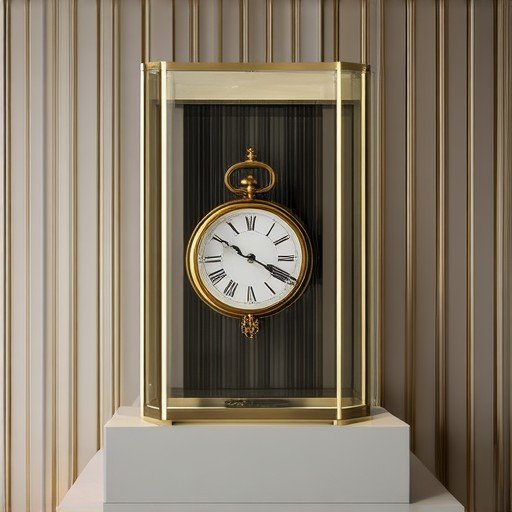
What is the 70/30 Rule in Interior Design?
The 70/30 rule in interior design refers to a balanced approach to space planning where approximately 70% of the room is dedicated to functional areas and 30% is allocated to aesthetic elements. This ratio helps create a harmonious environment that is both practical and visually appealing.
Functional Areas vs. Aesthetic Elements
- 70% Functional Areas : This portion typically includes seating arrangements, storage solutions, and essential fixtures like lighting and plumbing. The focus is on usability and comfort, ensuring the space serves its primary purpose effectively.
- 30% Aesthetic Elements : This part is devoted to decorative features such as artwork, textures, colors, and personal items that contribute to the room’s personality and visual appeal. It adds warmth and character while maintaining the overall functionality of the space.
Applying the 70/30 Rule
This rule can vary depending on the room’s intended use and design style. For example: – In a living room, focus on seating and storage (70%) while adding decorative accents (30%) to create a cozy atmosphere. – In a bedroom, allocate space for sleeping and storage (70%) and use bedding, curtains, and wall art (30%) to enhance the room’s ambiance. – In a dining area, prioritize table and chair placement (70%) along with lighting and centerpiece decorations (30%) to ensure both functionality and elegance.
By balancing these elements, interior designers aim to create spaces that are both functional and aesthetically pleasing, catering to the needs of the user while adding a touch of personality.
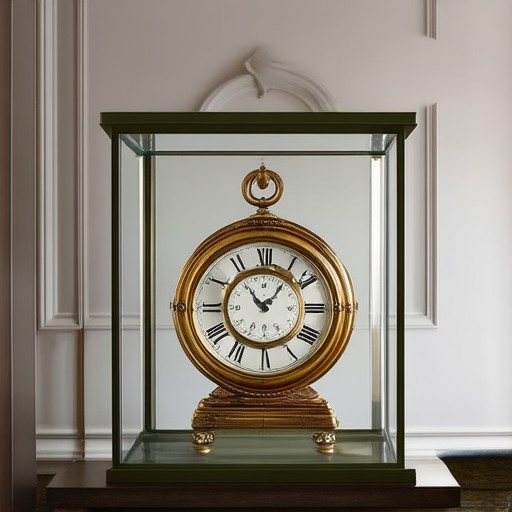
Nostalgia Decor
Nostalgia decor refers to a style of interior design that incorporates elements from past eras, blending them with modern aesthetics to create charming and meaningful spaces. This trend focuses on curating items that evoke memories or reflect a personal history, often combining vintage finds with contemporary design.
Definition and Popularity
Nostalgia decor has gained significant popularity in recent years due to its ability to connect people with their past while offering a fresh perspective. It allows homeowners to tell their unique story through thoughtfully chosen pieces, making spaces feel cozy and inviting.
Key Elements of Nostalgia Decor
- Color Palette: Soft, muted tones inspired by bygone eras, such as sage greens, mustard yellows, and deep browns, are commonly used.
- Textures: Incorporating materials like velvet, linen, and wood adds a sense of warmth and authenticity to a space.
- Patterns: Floral motifs, geometric designs, and timeless stripes are frequently featured in nostalgia-inspired decor.
Popular Items for Nostalgia Decor
- Vintage lamps and lighting fixtures
- Framed photographs or artwork from previous generations
- Antique furniture with a modern twist
- Textile wall hangings or throws
- Ceramics, glassware, and other kitchenalia
Where to Find Nostalgia Decor
For those looking to embrace nostalgia decor, platforms like Etsy and eBay offer a vast selection of vintage and antique items. Additionally, many interior design blogs and websites provide inspiration and tips for incorporating nostalgia into your home.
Competitors and Resources
Some popular competitors in the nostalgia decor market include Vintage Words for unique textual artifacts and Retro Sales for curated vintage finds. These platforms offer a mix of affordable and high-end options for decorating with nostalgia.
What Are the Three Types of Nostalgia?
Nostalgia can be experienced in various ways, often tied to personal, social, and cultural contexts. Here’s a breakdown of the three primary types:
- Personal Nostalgia: This is the most common form, rooted in individual experiences. It involves reminiscing about specific people, places, or events from one’s personal history.
- Social Nostalgia: This type focuses on shared experiences within a group or community. It often revolves around memories of friendships, traditions, or collective events that resonate with a broader audience.
- Cultural Nostalgia: This form reflects a longing for the traditions, values, and artifacts of a particular era or society. It can encompass a fascination with historical figures, art styles, or societal norms of the past.
Each type of nostalgia serves as a reminder of the passage of time and invites reflection on how far we’ve come while cherishing the moments that shaped us.
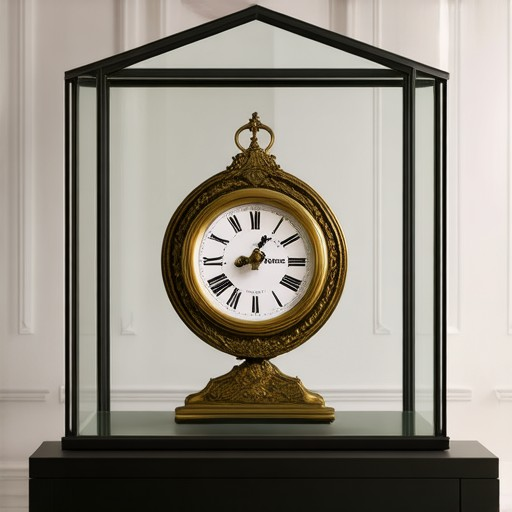
Nostalgia’s Dark Side: Understanding Its Negative Impacts
Nostalgia, often associated with fond memories and comfort, can have a darker side that affects mental health and daily life. While it can be a source of joy, excessive or misplaced nostalgia can lead to emotional distress and other negative consequences.
Emotional Distress
Nostalgic depression refers to the phenomenon where individuals may feel sad or melancholic when comparing their current lives to a perceived happier past. This can lead to symptoms of depression, including feelings of hopelessness and a sense of irretrievable loss.
Disconnection from the Present
Nostalgia can cause people to idealize the past, often ignoring the positive aspects of their present lives. This disconnect can leave individuals feeling alienated or disconnected from their current reality, making it harder to appreciate the present moment.
Hindrance to Personal Growth
Constantly focusing on the past can stifle personal development. It may prevent individuals from embracing new experiences and learning from mistakes, ultimately limiting their potential for growth and adaptation.
Strained Relationships
Nostalgia can sometimes create tension in relationships, particularly if one partner is more focused on the past than the other. This imbalance can lead to misunderstandings and emotional distance between loved ones.
Impaired Decision-Making
People influenced heavily by nostalgia may struggle with making decisions that align with their current needs and circumstances. This can lead to choices that are more emotionally driven than logically sound, potentially limiting their ability to adapt to change.
Addressing Nostalgia’s Negatives
- Mindfulness Practice: Engage in activities that encourage present-moment awareness, such as meditation or deep breathing exercises, to reduce overthinking of the past.
- Present-Focused Activities: Participate in hobbies or interests that keep you grounded in the present, fostering a sense of purpose and satisfaction.
- Setting Boundaries: Allocate specific times for reflecting on the past, ensuring it doesn’t interfere with your ability to live fully in the present.
- Seek Support: Talk to friends, family, or a therapist about your feelings to gain perspective and develop healthier coping mechanisms.
Conclusion
Nostalgia, while a natural part of human experience, can have negative effects when it becomes overwhelming or misaligned with the present. By understanding its darker aspects and adopting balanced approaches, individuals can navigate nostalgia’s challenges and find harmony between their past and present.
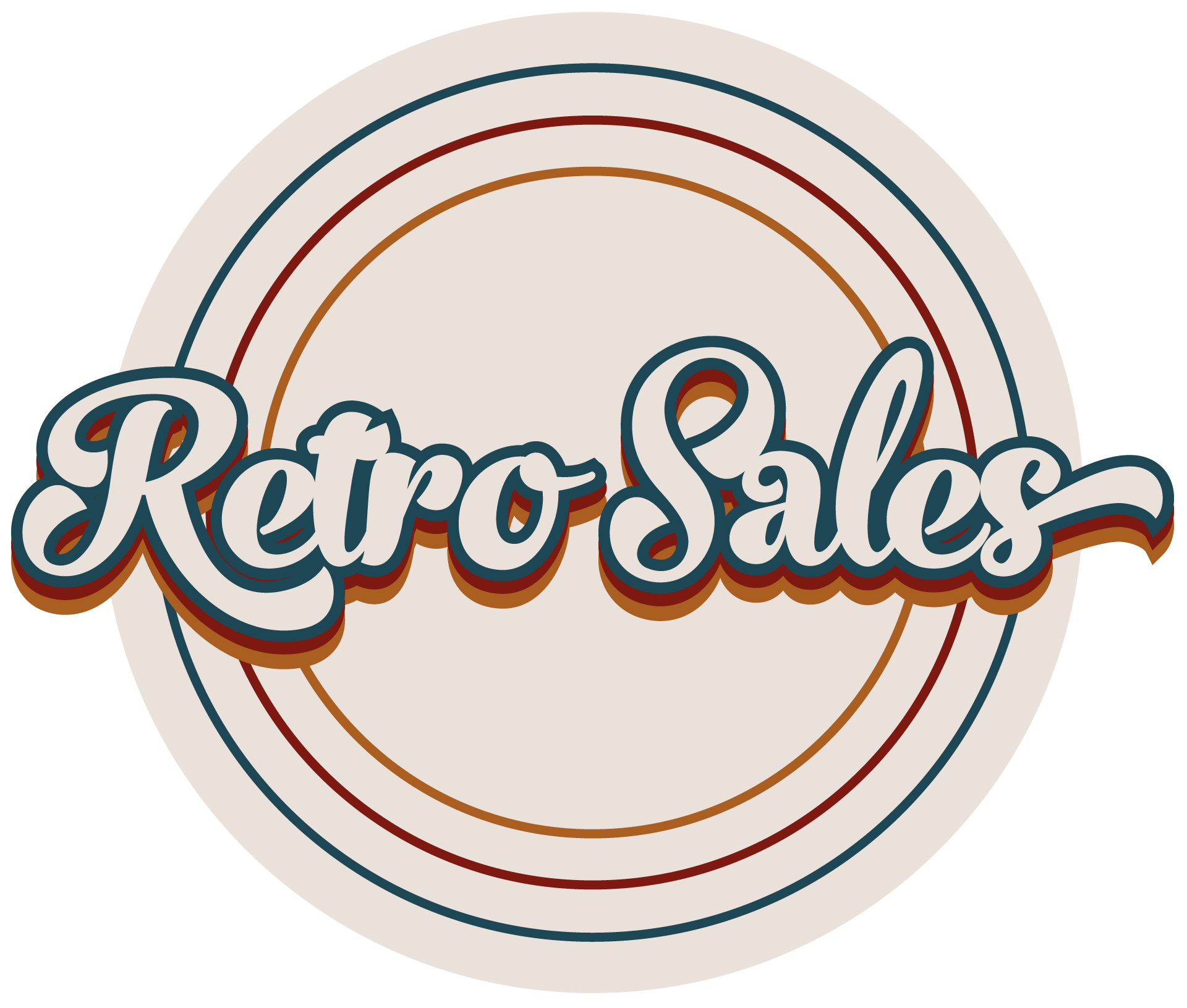
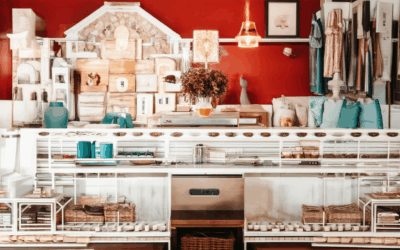

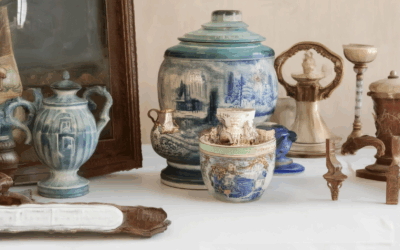
0 Comments